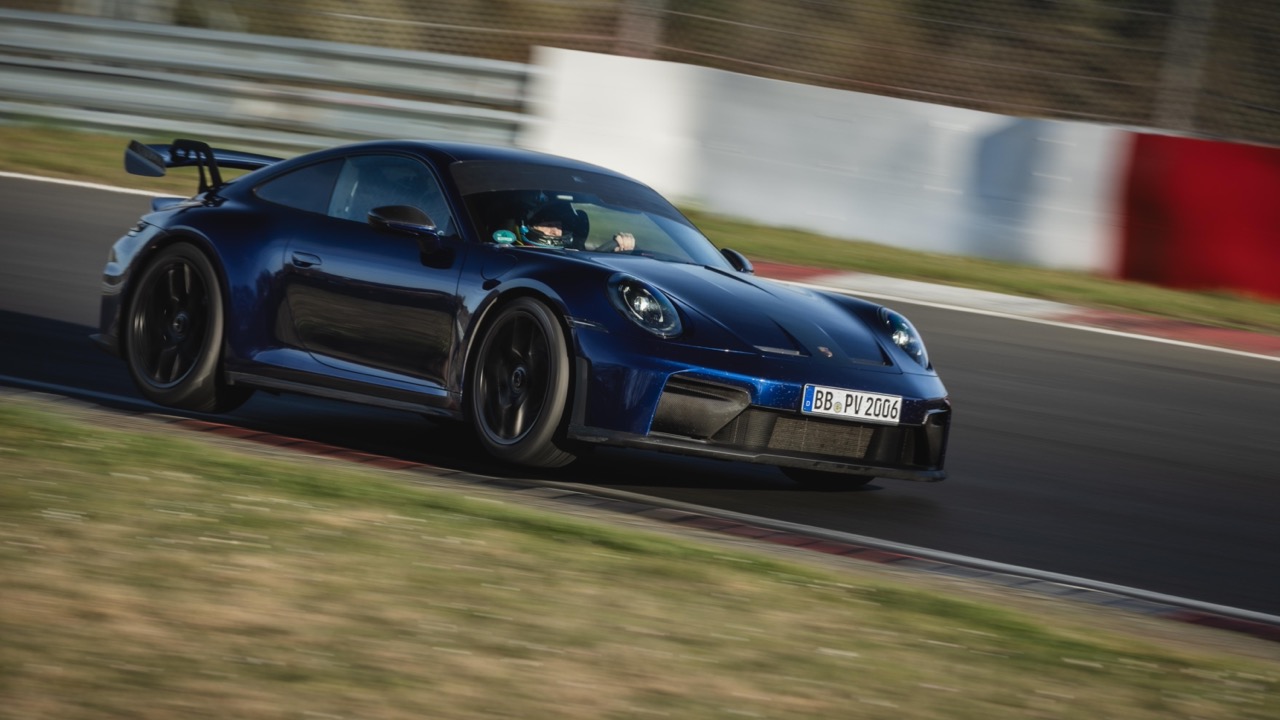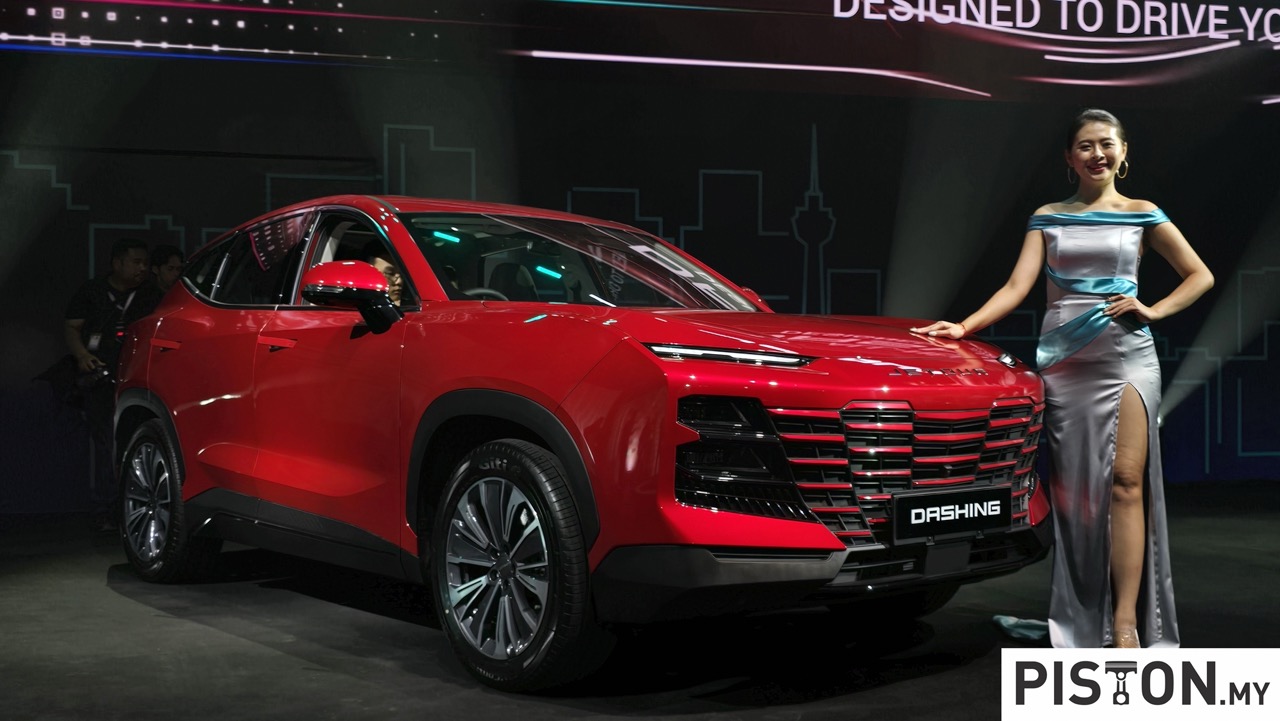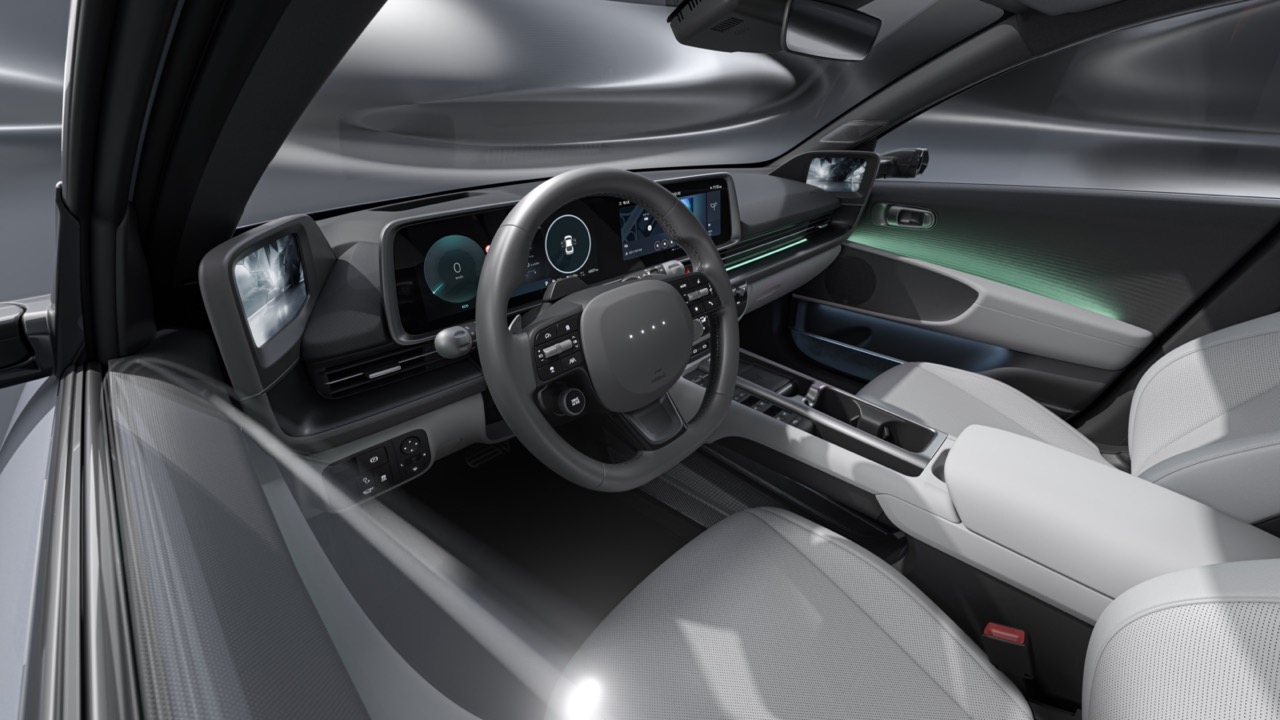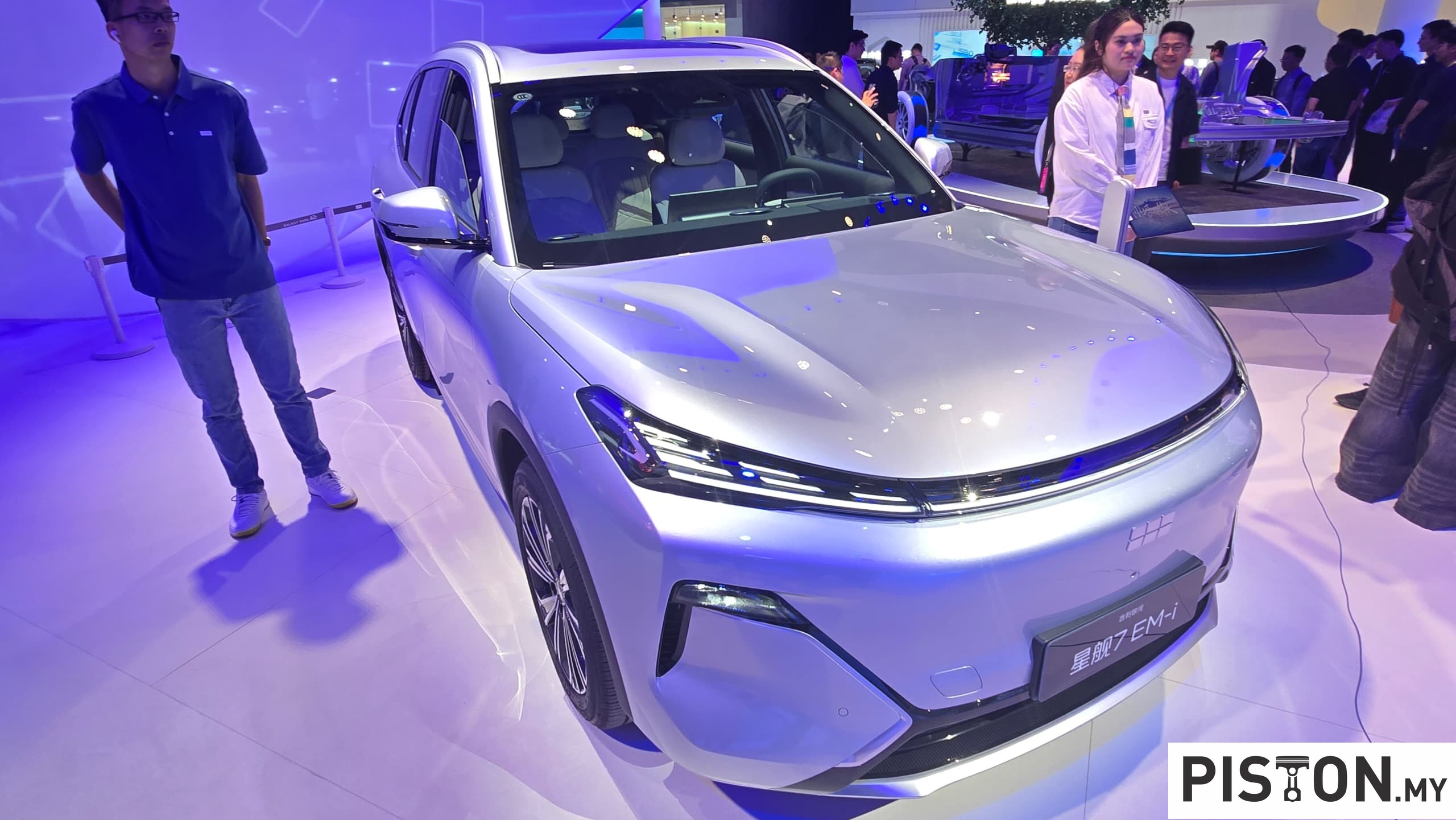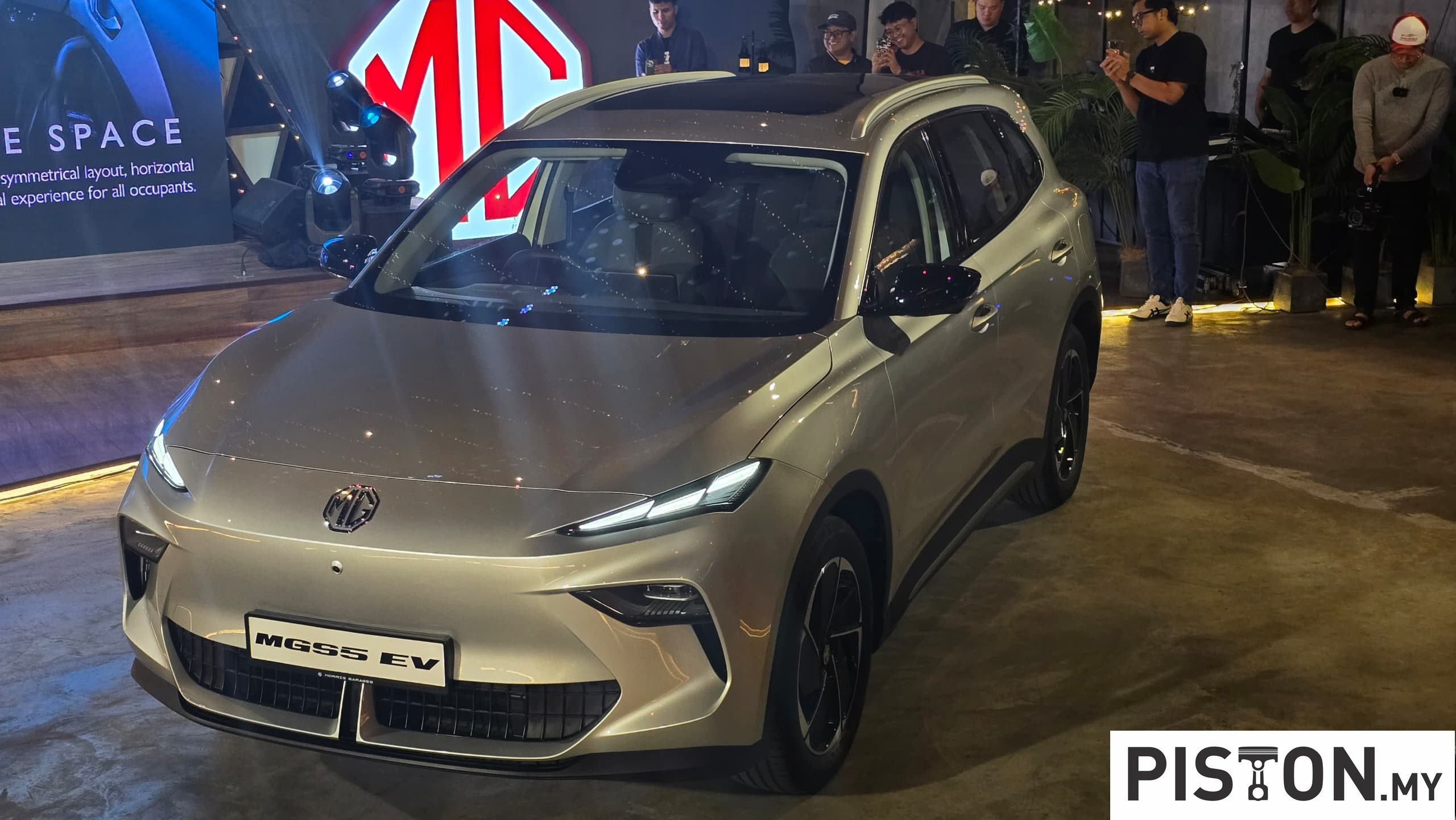‘Coachbuilding’ may sound like an old or outdated term and it is indeed old – as old as the motorcar itself – but it is not outdated as it refers to the art and science of creating bespoke (custom-made) bodywork on a pre-assembled chassis. It was actually how cars were made before Henry Ford introduced mass production and that virtually ended coachbuilding – except at a few manufacturers, among them Rolls-Royce.
More than a century of coachbuilding experience has given Rolls-Royce its unique Bespoke capabilities which have developed in the modern era. This has made it possible for those who buy a Rolls-Royce to personalise virtually every aspect of their cars’ appearance and specification.
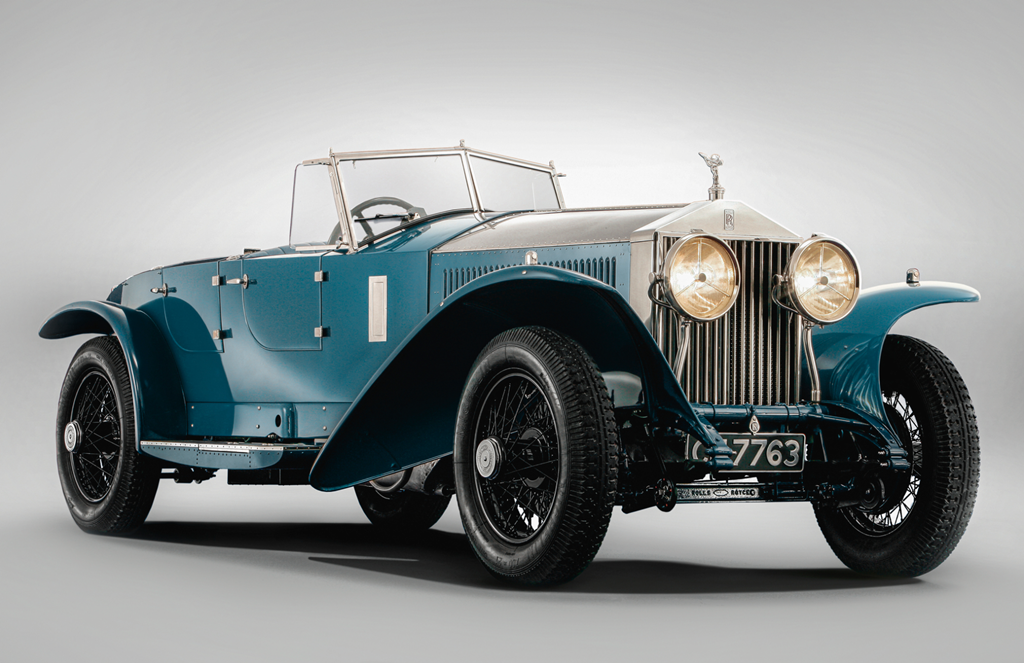
Constraints still existed
Although, in theory, a coachbuilt Rolls-Royce could be any shape the customer desired, in practice there were constraints. Rolls-Royce cars were designed on proven technical principles that were, in the minds of the company’s founders, unarguable and inviolable. By insisting on fixed dimensions for the bulkhead behind the radiator, they were able to ensure the bodywork maintained the essential proportions that visually identified it as a ‘true’ Rolls-Royce.
Those proportions remain enshrined in the marque’s design tenets to this day. Examine any contemporary Rolls-Royce and it exhibits the 2:1 ratio of body height to wheel diameter first established with the Silver Ghost in 1907. The body shape is defined by three fluid lines running the length of the car: the ‘waft line’ that gives the car its sense of movement; the ‘waist line’ that lends it purpose and presence; and the silhouette, which expresses its individual character.
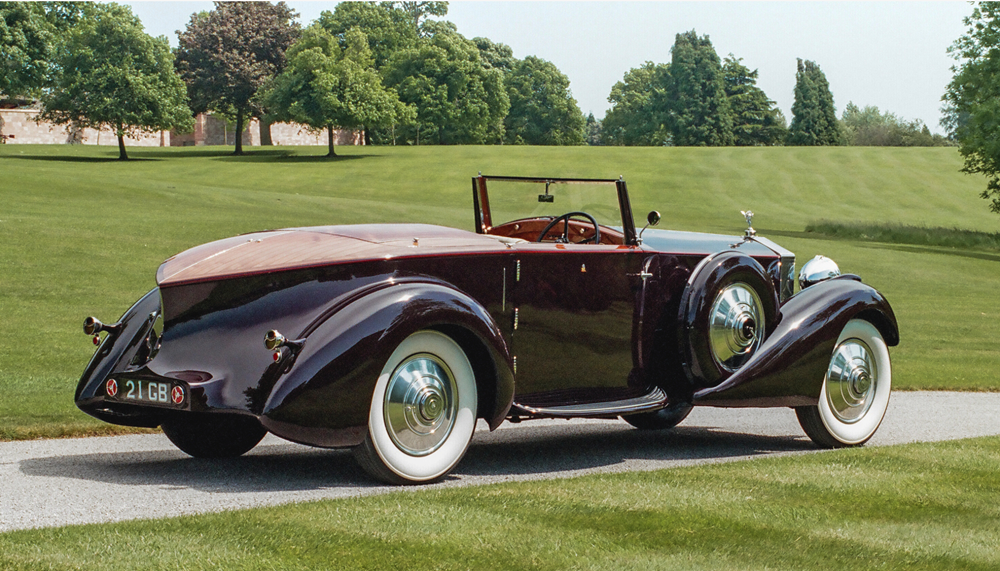
Considerable scope
These basic principles allow considerable scope, as evidenced by the highly distinctive forms of Phantom, Ghost, Wraith, Dawn and Cullinan. Patrons and designers therefore enjoy considerable creative freedom in a coachbuilding project, within these fundamental design parameters. It will, after all, bear the Spirit of Ecstasy figurine above the grille – another immutable principle – so must be a genuine Rolls-Royce worthy of the name, and recognisably so.
However, while customers have always been able to personalise their car’s appearance in numerous different ways – beginning with a choice of 44,000 paint colours – their options for altering its overall outline have historically been limited by the underlying structure. For this reason, fully coachbuilt Rolls-Royce cars have been rarities in the modern era and much of the sensation around Sweptail arose precisely because it was such a unique event.
It was made possible by a seismic change in the marque’s manufacturing process, which was first deployed to great effect and global acclaim with the eighth and current generation of the Phantom. This Phantom was the first car to be built on the marque’s proprietary structure – an all-aluminium spaceframe chassis, designed and engineered from the ground up to be scalable for a range of different models.
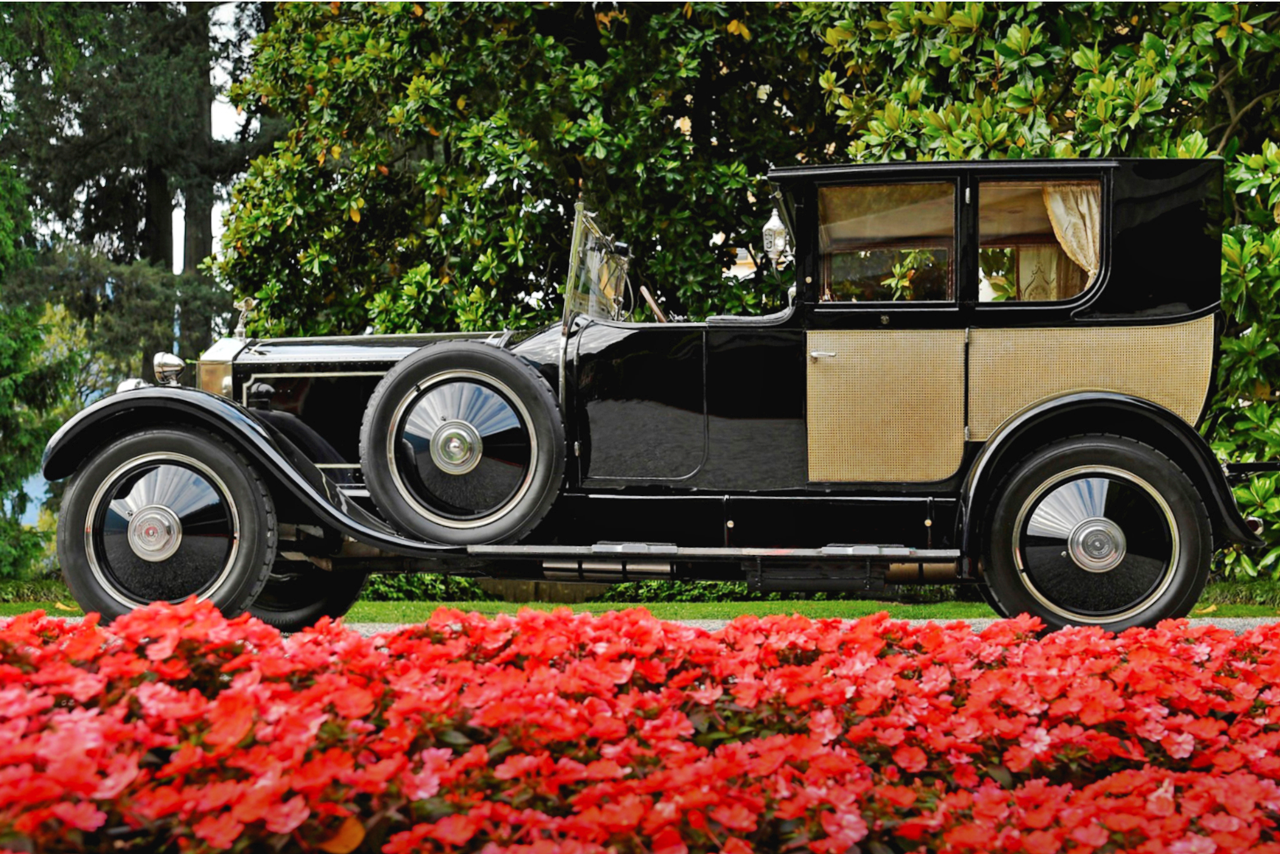
In essence, it creates four fixed points at each corner of the car. The distance between them can be whatever the designers and engineers want it to be: bulkhead, floor, crossmember and sill panels can all be stretched or shrunk or increased in height as the design requires. The concept has proved brilliantly successful, forming the basis for the Cullinan SUV launched in 2019, and in 2020, the new Ghost.
New possibilities for coachbuilding
This flexibility opens up new possibilities for coachbuilding. By moving away from monocoque construction to something closer to a traditional rolling chassis, Rolls-Royce has reacquired the freedom to construct almost any body shape its customers can imagine, constrained only by fundamental design and engineering requirements.
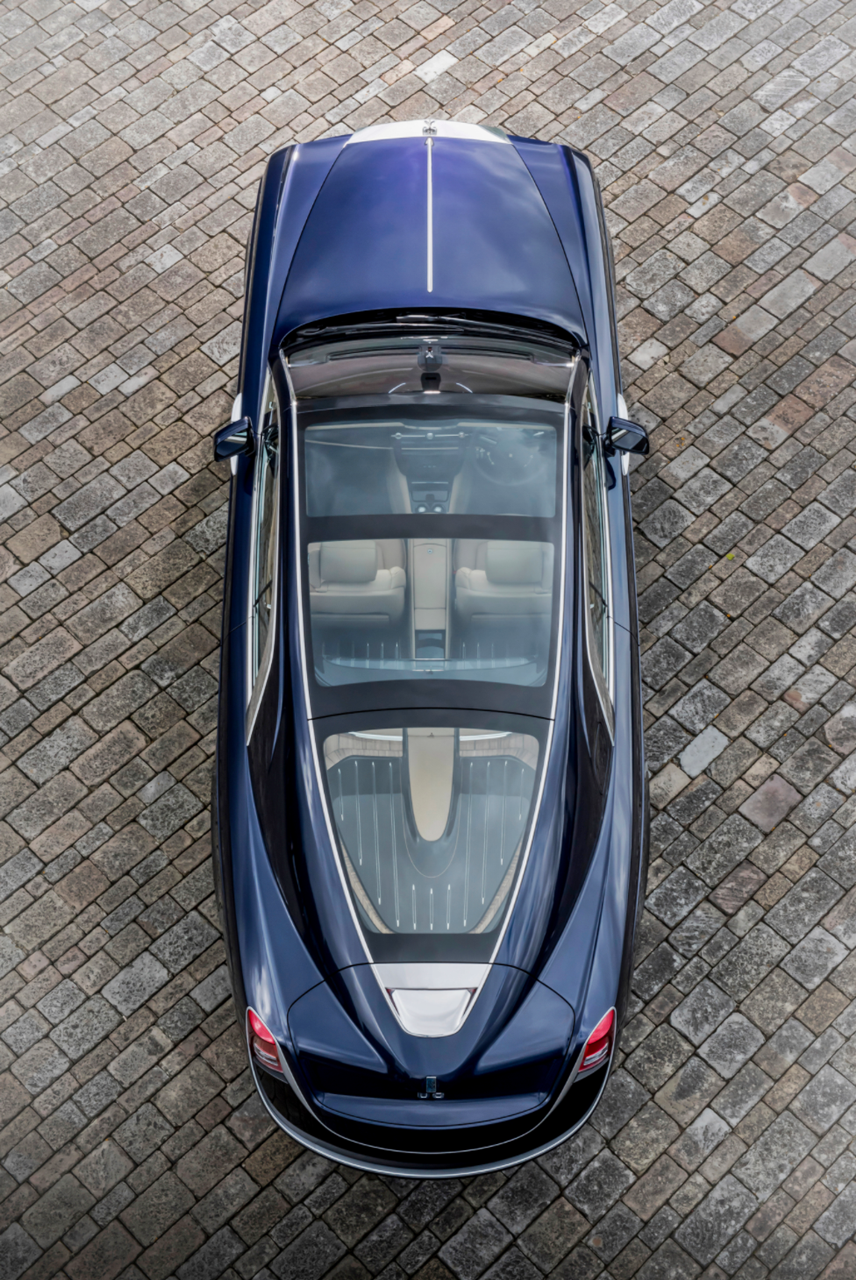
This means that Rolls-Royce and its customers can now look beyond merely Bespoke and build the car itself, to personal requirements. In this way, it is perfectly aligned with a lifestyle in which the customer’s investments in luxury – property, clothing and jewellery to works of art, yachts or private aircraft – are personal, individual and unique.
Evolutionary and revolutionary
With the Architecture of Luxury, the marque has ushered in a new coachbuilding movement that encompasses both highly sophisticated 21st Century technology and materials, and a tradition extending back more than 100 years. It is both evolutionary and revolutionary.
“The ability to personalise almost every aspect of their motor car is one of the main reasons our patrons come to us. But we know some wish to go further still. In 2017, we stunned the world with our first fully coachbuilt motor car of the modern era – the spectacular Rolls-Royce Sweptail. This was, by definition, an entirely unique commission; but in our minds, it was the start of a journey,” said Torsten Muller-Otvos, CEO of Rolls-Royce Motor Cars
“We have formally re-established our Coachbuild department for those patrons who wish to go beyond the existing restraints, and explore the almost limitless possibilities this opens up for them. We are able to offer our customers the opportunity to create a motor car in which every single element is hand-built to their precise individual requirements, as befits our status as a true luxury house.”
Leading every Rolls-Royce for 110 years – the Spirit of Ecstasy








